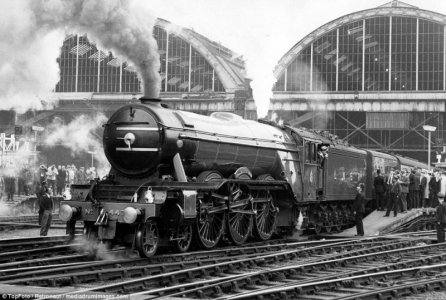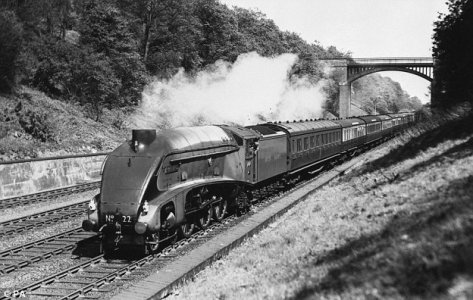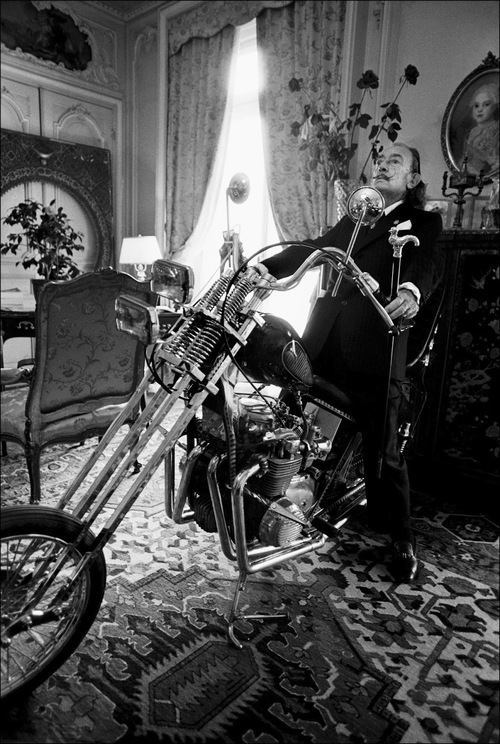-Oy-
Bloke with a camera
- Location
- Lancashire
Thanks - it's the choice of lens and aperture. Fuji 90mm F/2 - wide open at F/2@-Oy- Love how you blurred the background.
Thanks - it's the choice of lens and aperture. Fuji 90mm F/2 - wide open at F/2@-Oy- Love how you blurred the background.
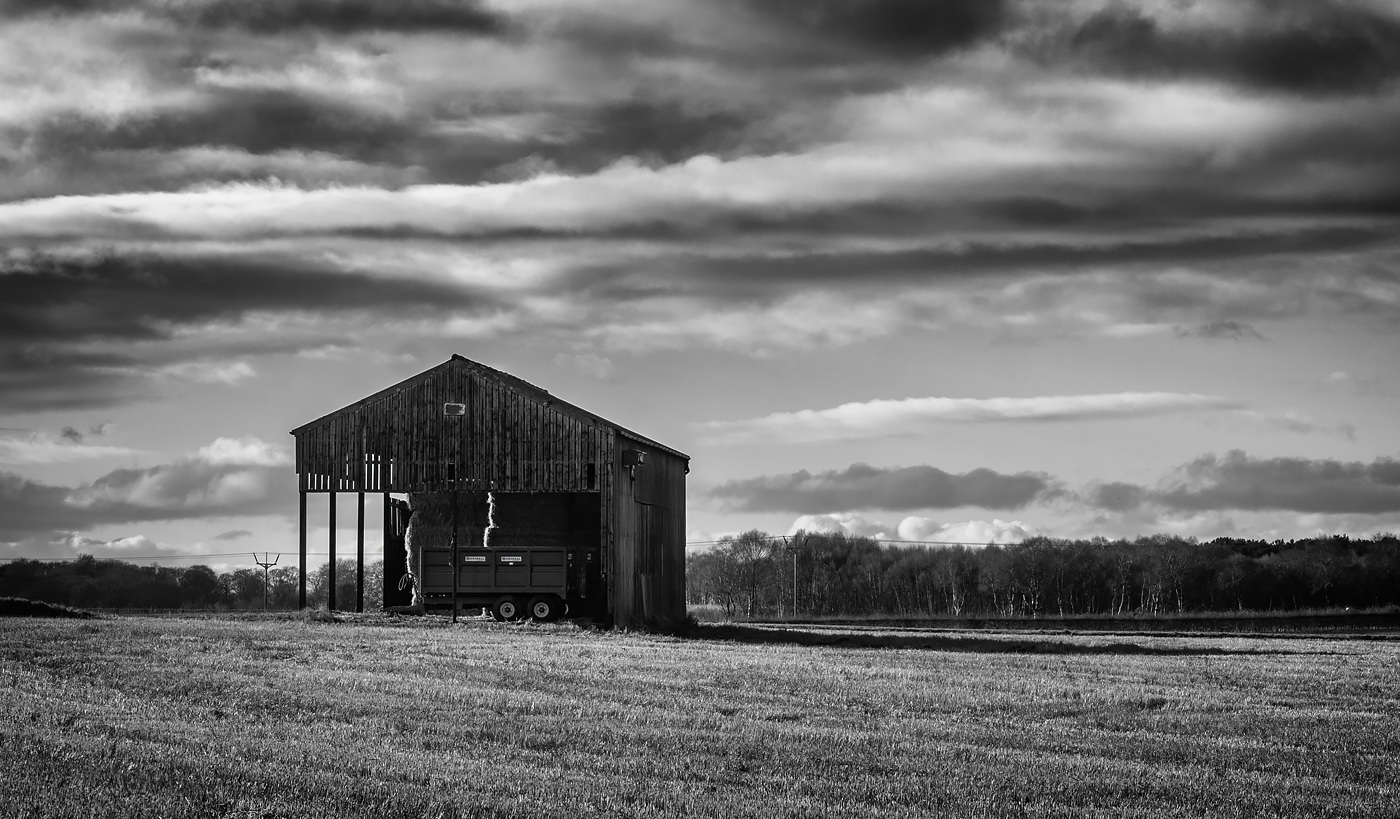

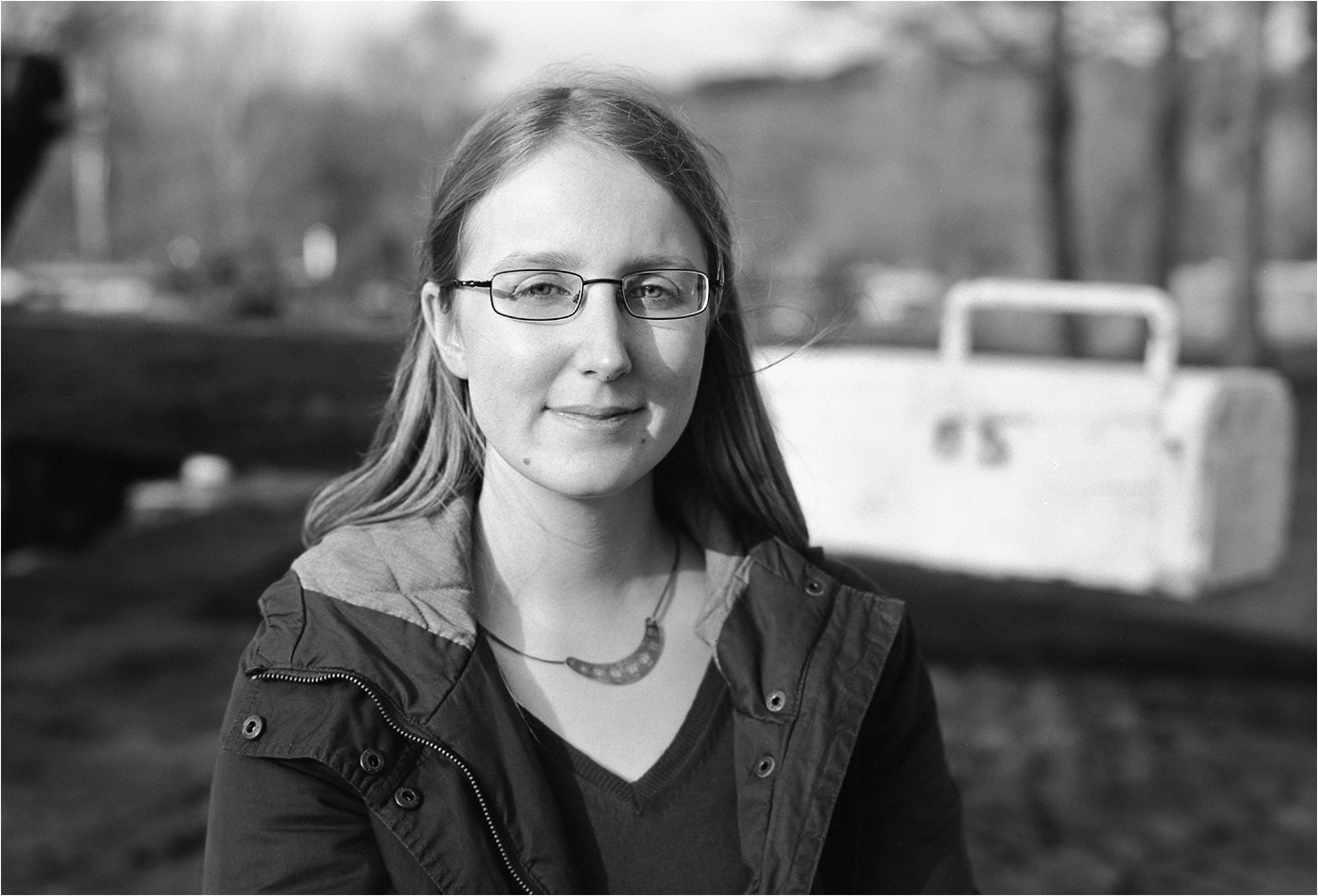


There is always something special about seeing the age of steam trains depicted in black & white. I guess it could be that back then, a small box camera and the prohibitive cost of colour film made black and white the choice of millions.
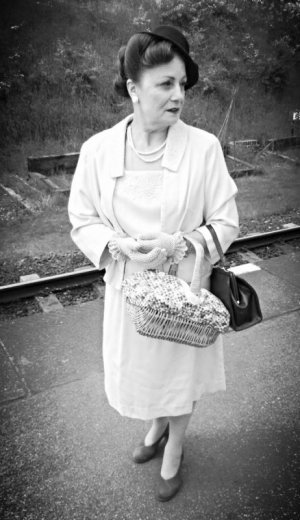
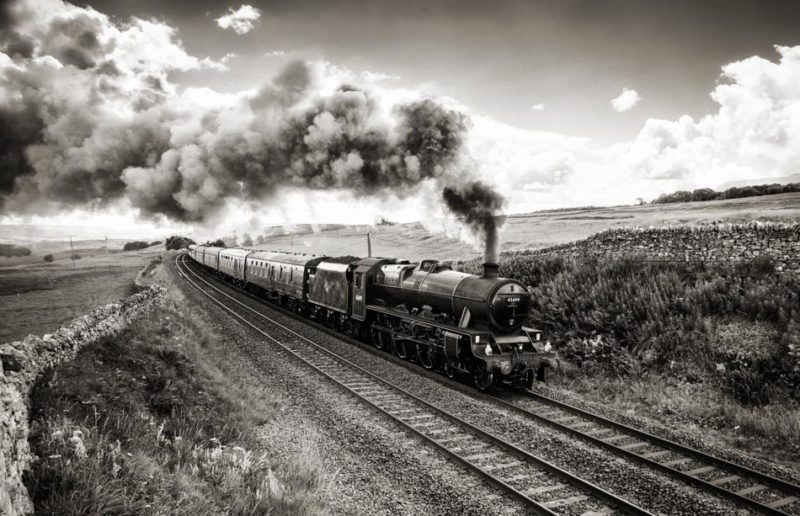
Do share any anecdotes, they would be most welcome.When I got to Europe in the 50's, I fell in love with their trains and used them extensively. Very different from those here in the U.S.
@-Oy-Boat Wreck. Corpach near Fort William, Scotland.

